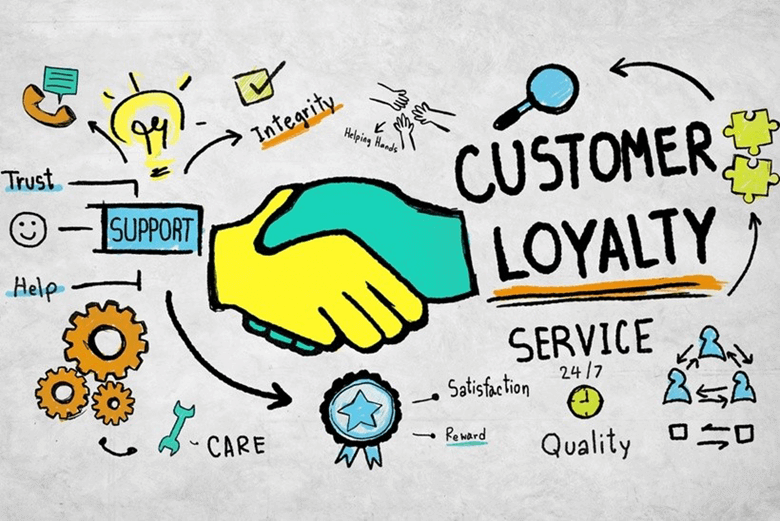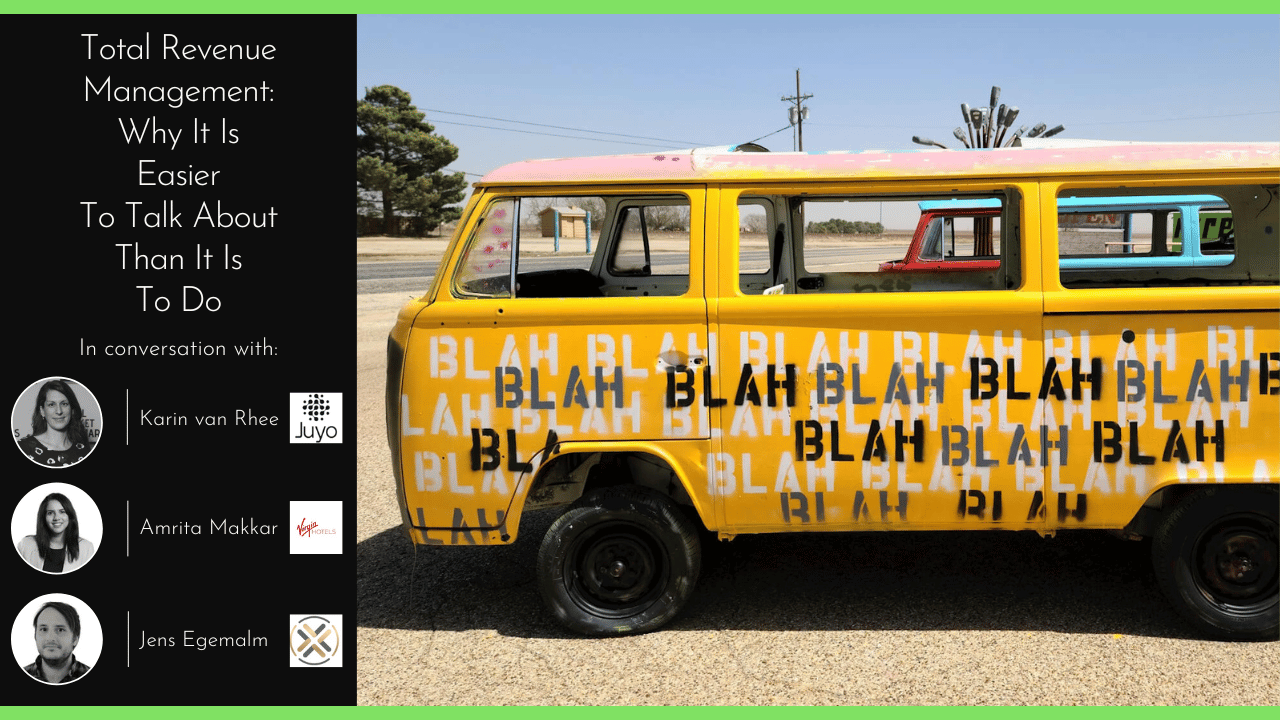
On May 1 1981, the launch of American Airlines’ AAdvantage frequent flyer programme was widely regarded as a landmark event in the aviation industry: new and influential standards were set.
While forms of customer tracking and loyalty programmes already existed, the management of customer loyalty became a more serious and sophisticated business than ever before.
The way in which the world operates has changed dramatically since the 1980s, of course, but customer loyalty remains vital not just in aviation but across the travel industry.
So how do you build and keep loyal customers in this modern, intensely competitive and rapidly changing world?
Relying on customer inertia (which is absolutely not the same thing as customer loyalty) won’t work anymore. Now, as a customer, if you don’t like the deal on the table (or, more probably, your screen or voice-enabled device), you just click a link and move on to another company.
In fact, research by Expedia Media Solutions suggests travellers visit 38 websites on average when planning trips. People aren’t afraid to click and move on.
Does that mean customer loyalty is dead? Absolutely not. But you must think more creatively than ever before if you want the people who love your brand today to feel the same way tomorrow, so here are six points I’d urge you to consider:
Understand your customers and personalise what you offer them.
Make sure each of your merchandising activities, from landing pages and banner advertising to e-mail campaigns, promotes the most attractive deals for that specific customer base (which might be very different from the customer base for another campaign).
One of the main reasons people sign up for e-mails and newsletters is to access discounts, which makes effective, targeted merchandising crucial in driving conversion and brand loyalty. With the vast amount of customer data travel companies now hold, and the sophisticated means of analysing and exploiting that information (including machine learning), personalisation is increasingly critical, not optional.




